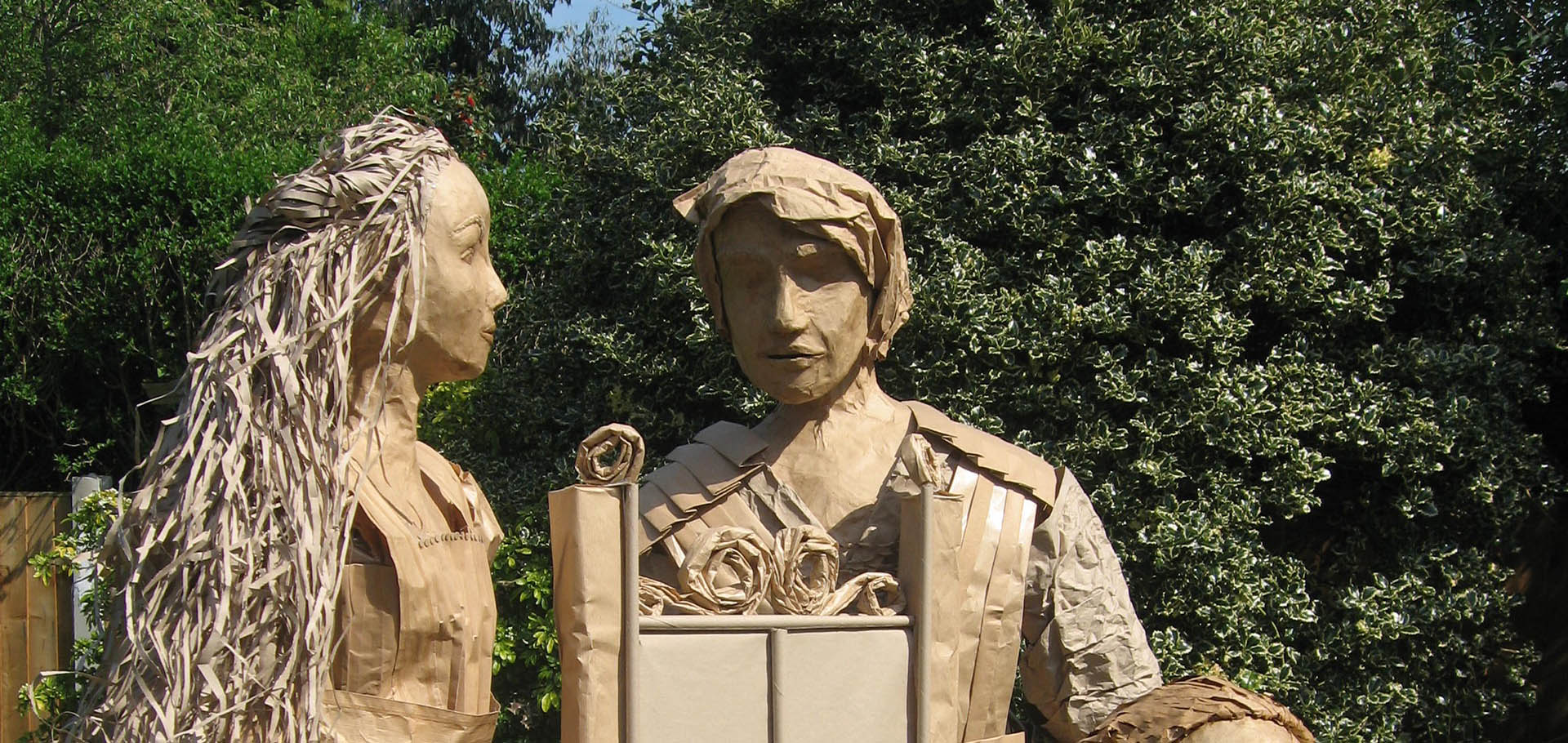Blog: Simon Ryder
The founder of Liverpool Book Art explains what exactly an artist's book is
The simplest definition of an artist’s book is a book created by an artist. What it is not is a book about an artist. Some artists work exclusively in the medium of artist’s books – others are also painters, poets, printmakers, bookbinders and illustrators.
The book form we know now was largely invented by the Romans in the first century AD, and quickly replaced scrolls by providing major advantages, such as using both sides of the material, sturdiness and compactness. Early materials included papyrus, vellum and then paper. The medium of the book allows anything to be recorded – text (prose, poetry), illustration, or any combination.
The invention of printing allowed multiple copies to be made of any book, and we now expect as readers and buyers of books that the number of copies available to us are unlimited.
Artist’s books are different. They are handmade, meaning very small quantities are produced (up to perhaps 20 copies), or are even one-off, unique works. They are usually self-published, rather than produced by mass-market publishers.
Many artists explore different materials for their books – whether making their own paper, using unconventional materials such as driftwood, slate or ceramics for covers, or even making pages from metal or plastic. A focus on form may mean the artist has little interest in contents – for instance, making beautiful notebooks for someone else to fill with their own personal writings or drawings.
For other artists it is the contents that are essential – whether that be a narrative text, a sequence of images or some mix of the two. The form and materials of the book follow from what the artist wants to convey.
The term “artist’s book” was coined by Diane Perry Vanderlip in 1973, but most people would trace their history back to the beginning of the 20th century. However, many artists feel that the term doesn’t describe their work. There is a widely shared view that the term “book art” is better, more open and more useful. Book art includes works of art in which artists push the boundaries of any definition of a book.
Book art also includes works in which artists use a book as their raw material, creating, for example, sculptural works by carving the pages of books to create something new, exciting and different. These are sometimes referred to as altered books. Of course, some people view this as destructive and believe books should not be treated in this way. But if books are being thrown out by institutions, like libraries or universities, and the alternative is that they will be thrown into a skip, why not create something wonderful instead and give the book a second life?
What all these different types of book art have in common is that they are physical objects – things of beauty to look at and handle – even if elements of digital processing have been used.
Another exciting thing about book art is that there are great opportunities to make them yourself. Starting with simple folding techniques, book art is a fantastic creative outlet for both children and adults.
Book art appeals to me not only because of the creativity and imagination involved, but also because I’ve always been attracted to works of art that demonstrate excellent skill and craftsmanship. Putting that together with my love of books (including illustrated works, comics and graphic novels) is why I’ve been such an enthusiast and collector of book art for many years.
So where can you see book art or buy it, and how can you make some yourself? The opportunities exist but they are limited, so grab the chance when you can.
One of the best ways is to attend an artist’s book fair, where you can meet established makers, chat to them about their work and buy book art from them. Liverpool’s annual Artist’s Book Fair takes place on Friday 8 July (11am-6pm) and Saturday 9 July (10am-5pm) at the city’s Central Library, William Brown Street, L3 8EW.
I have also organised a major exhibition at Liverpool’s Central Library, in which all the book art works have been inspired by Shakespeare. This runs until 31 July, and includes work from around the world, including Japan, Australia, Russia, Poland and Germany, as well as many works from British artists. As these works are in display cabinets, they can’t be handled and so there are more examples of book sculptures and altered books than books that have stories to read. Most of the works in the exhibition are also for sale.
On Saturday 9 July there are workshops and demonstrations throughout the day in which everyone is welcome to join in. The fair, the exhibition and the workshops (for both children and adults) are all free to attend.

Leave a reply
Your email address will not be published.